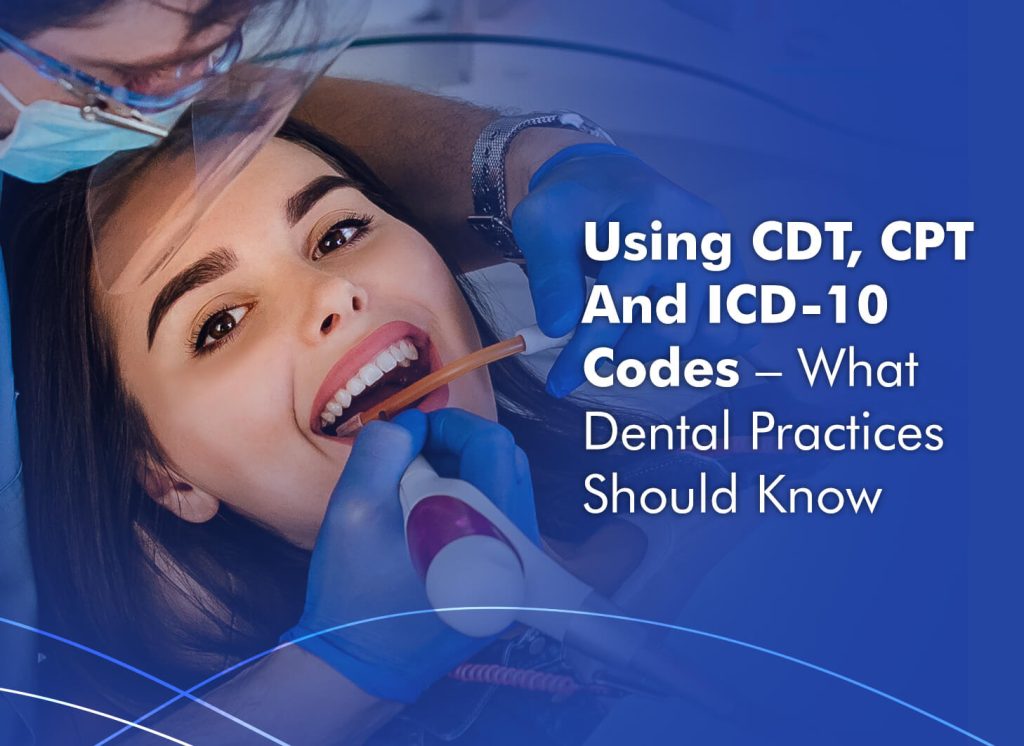
In a dental practice, understanding the numerous coding systems is vital for dental billing, insurance claims, and record maintenance. A breakdown of dental coding and systems that are prevalent is as follows.
CPT
Current Procedural Terminology or CPT is a set of important codes published and maintained by AMA or the American Medical Association that are vital for a dental practice to become familiar with.
CPT codes describe surgeries, tests, evaluations, and other procedures that are undertaken by a dental practice when treating patients. The code set is quite voluminous and incorporates codes for thousands of dental procedures.
These codes are integral to the billing process as they describe the procedures to an insurance company for which the dental practice needs to be reimbursed. They work alongside ICD codes to provide a clearer understanding of the services and procedures rendered to a patient.
The codes are divided into three categories based on the nature of the service and the solution provided. The most popular and extensively used set of codes is category 1 codes. These codes contain descriptors that correspond to services and procedures rendered. They range from 00100–99499 and consist of sub-categories depending on procedure and anatomy. They are classified into six groups such as
CDT codes
CDT or Current Dental Terminology is a standard code set created for any dental diagnosis or procedure. It fulfills all HIPAA requirements that are needed for reporting dental procedures to other parties such as insurance companies.
Insurance companies use these codes to ascertain whether dental procedures performed on a patient are eligible for reimbursement under the existing plan.
These codes are used by the dental billing team to outline all procedures on the ADA claim form and are organized into the following 12 categories.
How are CDT codes structured:
ICD-10
The International Classification of Diseases or ICD codes are meant to promote a global evaluation of the collection, classification, and presentation of mortality statistics.
The ICD-10 codes are the tenth revision set of alphanumeric codes globally used to classify diseases, conditions, and medical procedures. The codes are maintained by the WHO (World Health Organization) and serve diverse objectives that encompass monitoring of diseases, billing, and research.
Every ICD-10 code comprises a series of characters that offer information about a procedure or diagnosis. The code format is alphanumeric code and gets denoted as follows:
From the perspective of a dental practice, these codes are significant and help in many ways.